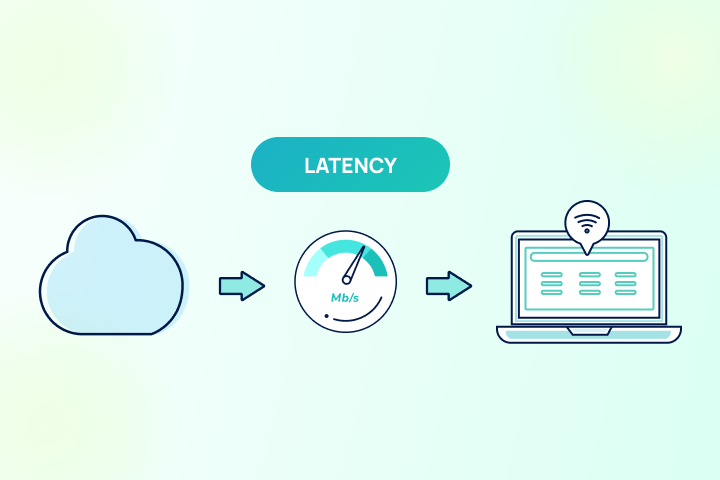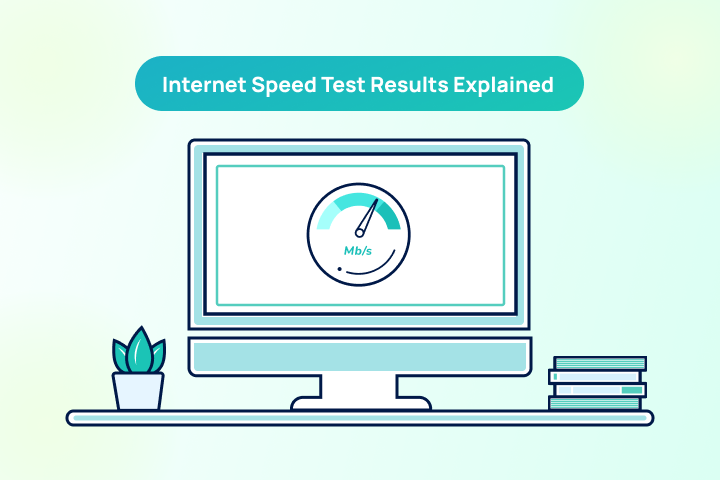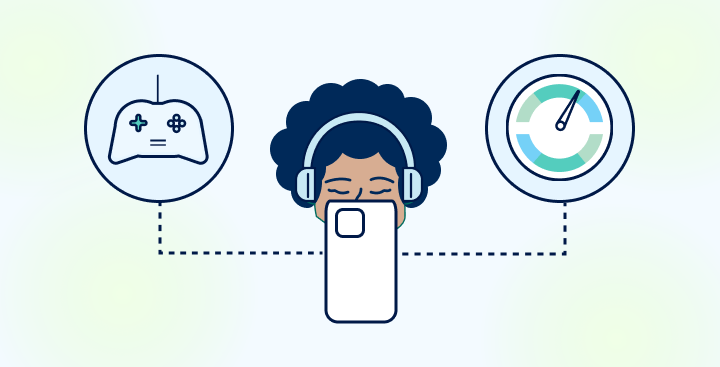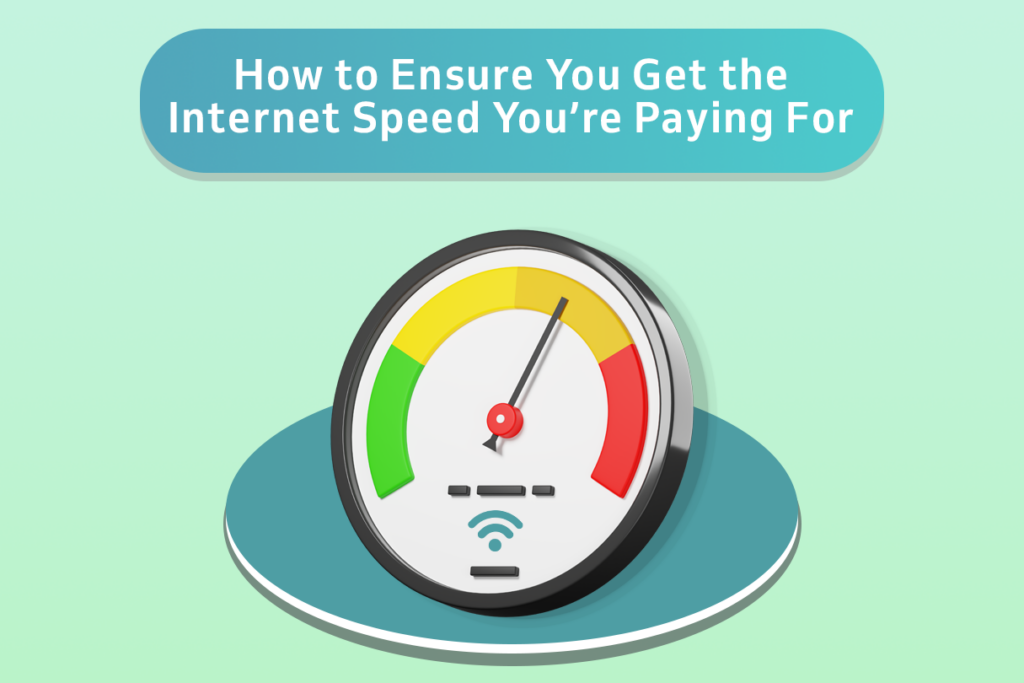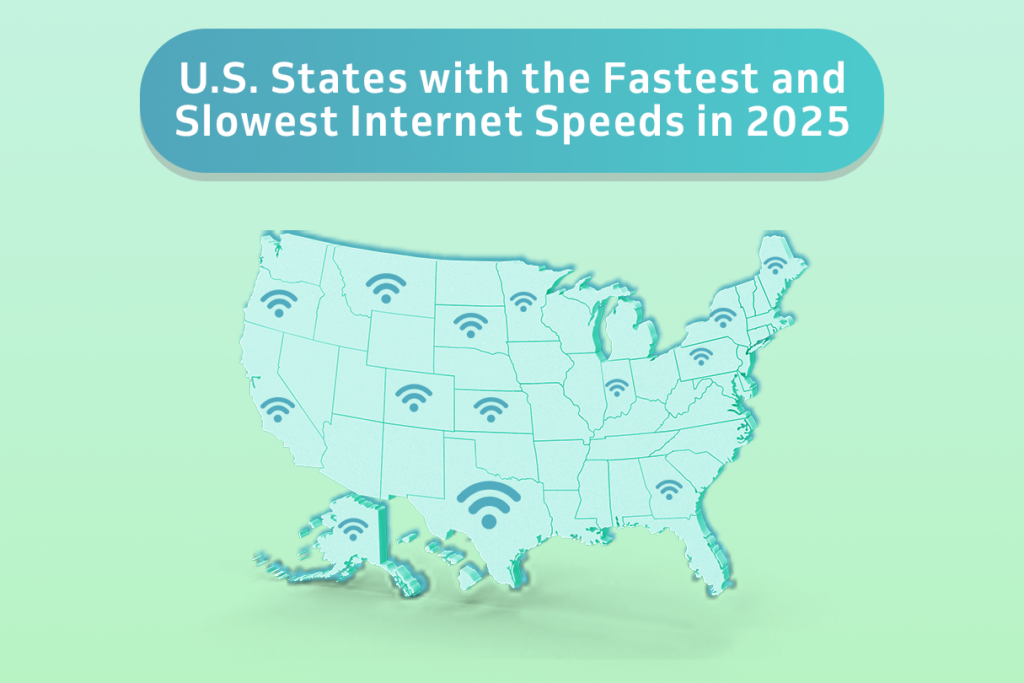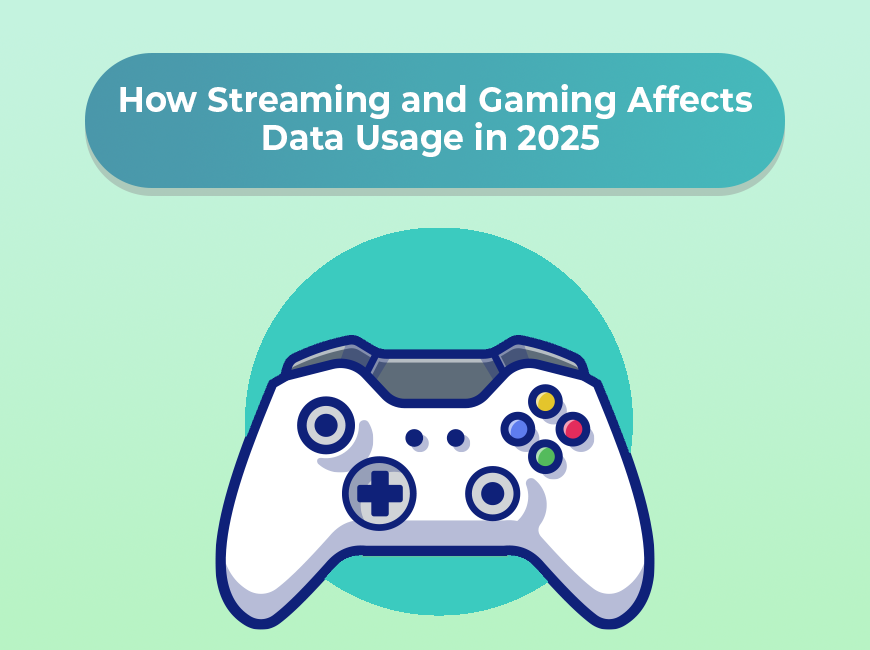When you’re testing your internet speed, you’re likely making sure you’re getting the download speed you are paying to get from your internet provider. Or maybe you’re seeing if there’s an issue with the connection. Either way, it’s important to pay attention to your connection’s latency. (Or lag. Or delay. Or ping.)
What is latency? Why is latency significant, especially in the context of internet providers? And most importantly, can I improve latency? We’ll look at all of these questions and more in this helpful guide to understanding internet latency.
Table of Contents
Latency Defined
As mentioned above, latency has a few terms associated with it: lag, delay, ping, and ping rate. But they’re all monikers for latency.
Latency is a true measurement of speed. It answers a basic question: How fast can your internet connection deliver a small packet of data from your device to your internet provider’s nearest server, and then back to your device?
The answer: fast enough that it’s measured in milliseconds. But there are extenuating circumstances that might cause high latency, or, slower ping rates.
What is Ideal Latency?
Well, that all depends on what you do on the internet. Some activities work better and cause less frustration with lower latency (faster), while it makes no difference to some others.
Generally speaking, anything under 100 ms is an acceptable ping rate that won’t cause a perceptible delay in response. Web pages load almost immediately or your video stream starts within a couple seconds. Anything over that and you may start noticing a delay, or lag.
A good rule of thumb? If you notice your frustration level increasing while working online, chances are you latency is high. Or there’s something wrong with your internet connection.
That 100ms threshold is fine for every day use of the internet. However, there are times when a faster response time is beneficial.
Find how much Internet Speed do you need
Your household may want faster internet speeds.
<50 Mbps
Great for individuals to browse the internet, check email, and other basic browsing.
50-100 Mbps
Great for streaming Netflix, videos, and online meetings.
100-200 Mbps
Great for streaming high quality videos, fast downloads, video games, and multiple devices.
200+ Mbps
Great for doing almost anything at ultra fast speeds.
Who Needs Low Latency?
There are a few online activities that benefit greatly from low latency, like those that require real-time communication and rapid response times.
Video Calls
Work from home? Low latency ensures that video calls are synced and that your connection has minimal delay. If you have decent latency, any delay from other participants is likely because of their connection.
Gaming Online
Online gamers typically covet low lag or latency because delays cause losses and generally make for a frustrating gaming session.
Video Streaming
You don’t need lightning fast ping rates to stream video, but it reduces buffering and allows for better video quality.
What Causes Lag?
There are numerous factors that influence lag. The first is the type of internet connection you’re using. Satellite internet typically has high latency simply because of how far the signal has to travel from your house, to the satellite, to the nearest server, and then back again. Fiber internet has the best latency, due to the lack of impedance of light pulses traveling within glass fibers.
Most latency issues are a result of network congestion. That can be in your home or outside it. When multiple devices and users are sharing a connection at the same time, you will experience slower ping rates. Is it evening and everyone in your neighborhood is online after dinner? This is most common with cable internet, which shares nodes, or relay points, in neighborhoods. If you and many of your neighbors use Xfinity internet, the more likely your latency will suffer a little during peak times.
Little things like having too many apps running at the same time, or running dozens of tabs in your browser can cause lag. However, that will more than likely be due to your device’s resources being overwhelmed.
Can I Reduce Internet Latency?
There are a few things you can do to improve your internet latency, and you’ve probably already guessed a couple of them from the previous section. However, here are a few things you can do to reduce lag:
Use an Ethernet Cable
When possible, connect your device to your router with an ethernet cord. Doing so gives you the fastest and most reliable connection.
Manage Network Congestion
As mentioned, too many active connections on a network cause congestion and lag. Limit connections to vital tasks when better latency is needed.
Use Quality of Service (QoS) Settings
You can automate this on your home network by establishing Quality of Service (QoS) settings on your router to give certain types of network traffic (videoconferencing, gaming, etc.) priority. Check your router’s manual for instructions.
Close Unnecessary Applications
While it may not have an effect on your internet connection, closing unnecessary background apps and processes will at least improve your device’s performance.
Got Lag?
The easiest way to see your internet connection’s latency is to perform an internet speed test. It’s quick and easy and gives you good insight into the health of your connection. Got a lot of lag and need better service? Begin your search for the best internet providers in your area.
